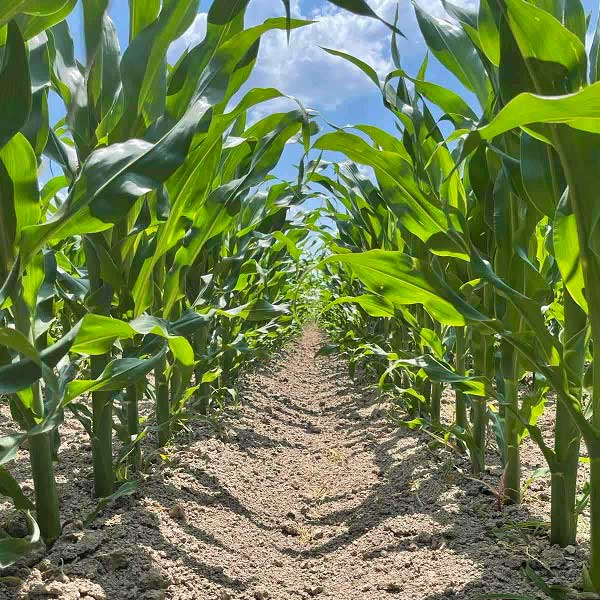Corn has been present in the human diet for 7000 years. It comes from the Aztecs, who inhabited the territory of today’s Central Mexico. They treated it in a special way in order to make tortillas from its flour. The migration of Indian tribes spread throughout the American continent, so the colonists brought it to Europe in the fifteenth century. Nowadays, 60% of the corn yield is used for feeding livestock, while about 20% is used for human consumption. It is present on the table every day, starting with corn flour, through boiled corn, and up to the world-famous popcorn. Corn is an annual plant that thrives best in slightly acidic, fertile soil. The length of the vegetation period depends on the cultivation method and the variety, i.e., types of hybrids. Hybrids can be early, medium and late, with a growing season ranging from 90 to 145 days. In addition to the quality of the soil, good weather conditions are necessary for growth. Suppose the outside temperature is below 10 degrees Celsius. In that case, it slows down the germination and growth of the plant, while very high temperatures without sufficient irrigation also slow down the growth and quality of the fruit. Six subspecies of corn are known: dent, flint, flour, sweet, pop, and waxy. Sugar corn is by far the most widely used in human nutrition. Corn kernels are rich in fiber, vitamins, carotenoids, and many other ingredients beneficial for our health. They positively affect vision, lower cholesterol levels, and reduce the risk of cataracts, diabetes, cancer, and osteoporosis.





